
 Data Structure
Data Structure Networking
Networking RDBMS
RDBMS Operating System
Operating System Java
Java MS Excel
MS Excel iOS
iOS HTML
HTML CSS
CSS Android
Android Python
Python C Programming
C Programming C++
C++ C#
C# MongoDB
MongoDB MySQL
MySQL Javascript
Javascript PHP
PHPPhysics
Chemistry
Biology
Mathematics
English
Economics
Psychology
Social Studies
Fashion Studies
Legal Studies
- Selected Reading
- UPSC IAS Exams Notes
- Developer's Best Practices
- Questions and Answers
- Effective Resume Writing
- HR Interview Questions
- Computer Glossary
- Who is Who
Plasma - Amber-Colored Liquid Component of Blood
Introduction
Blood plasma is the fluid portion of the blood which is usually transparent and straw-colored. The importance of blood is mainly due to the plasma as it is the one which carries a lot of important material and transports it throughout the body.
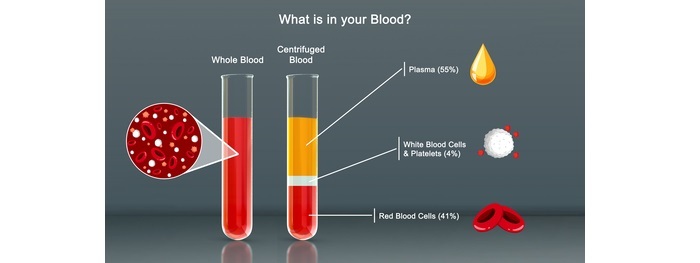
Plasma is usually isolated as a clear fluid along with the RBC, WBC, and platelets when we centrifuge the blood. RBCs are the heaviest and usually settle down at the bottom of the centrifuge tube, white viscous coat found in the middle contains WBCs and platelets and the upper layer of the tube contains plasma. The blood cells constitute about 45% and the plasma alone constitutes about 55% volume of the blood.
The amber-colored plasma constitutes about 90% of the water content which helps to distribute heat and all other dissolved constituents, for example, it carries carbon dioxide in the version of bicarbonate ions.
Plasma functions to transport nutrients (nucleotides, glucose, amino acids, etc.) and gases, regulate fluid and electrolyte balance by transporting salts between the blood and tissue fluid, and also helps in maintaining pH. Most importantly plasma contains proteins that have a variety of functions.
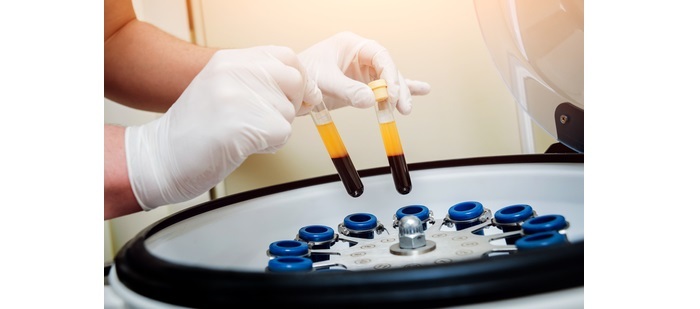
Plasma Proteins
Plasma proteins are the abundantly dissolved components in the plasma but these are not used for energy.
Plasma proteins mainly fall under three groups. They are −
Albumins
These are the most abundantly present group of proteins which accounts for 60% of the whole plasma proteins and these are mainly helpful in maintaining the osmotic balance between the blood and tissues. Albumins are mainly produced by the liver and are important for blood pressure. Albumins transport hormones and medicines.
Globulins
There is a quiet diversity seen in globulins as these are designated as alpha, beta, and gamma globulins and these comprise about 36% of the plasma proteins. Gamma globulins are produced by B lymphocytes and are sometimes called antibodies. Alpha and beta are the proteins produced by the liver and then enter the blood, these help to carry lipids in the blood. These are concerned with the transport of ions and heavy metals.
Fibrinogen
It is a soluble protein that is transported in the plasma. In case of injury to the blood vessel, fibrinogen turns into fibrin resulting in a blood clot. Hence fibrinogen plays a major role in blood coagulation. These comprise about 4% of the total plasma proteins.
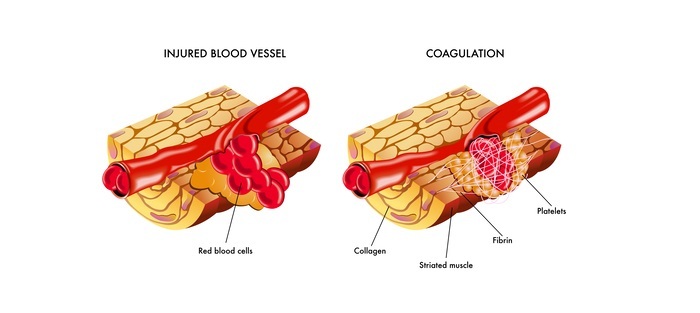
Lipoproteins and Their Classification
Since lipids like cholesterol and triglycerides are not soluble in the water of plasma as these are hydrophobic molecules, hence they are surrounded by protein molecules for the transport through the bloodstream as lipoproteins. Alpha and beta globulins are lipoproteins that are secreted by the liver and mainly function in transporting lipids and fat-soluble vitamins.
Lipoproteins that transfer the lipids are characterized by the ratio of protein to lipid and based on their densities reflecting their composition. Lipoproteins are classified as following −
HDL: High-density lipoprotein has a lot of protein content than lipids. HDL usually carries phospholipids. High levels of HDL in the blood are good as they can absorb cholesterol from the bloodstream.
LDL: Low-density lipoproteins have high lipid content. It is good to have low values of LDL in the blood as high levels of LDL are associated with arterial diseases leading to heart attacks.
VLDL: Very low-density lipoproteins carry triglycerides mostly.
Chylomicrons: These also carry triglycerides.
Plasma Nutrients and Gases
Plasma carries nutrients and gases such as bicarbonate ions and there is little dissolved oxygen.
Nutrients in the plasma include amino acids, monosaccharides, nucleotides, and lipids.
Some of the non-protein nitrogenous substances generally include amino acids, urea and uric acid which also travel in the blood stream. Urea and uric acids are the byproducts resulted due to the catabolism (break down) of nucleic acids and proteins. These by-products are later removed by the kidneys through plasma filtration.
Plasma Electrolytes
There is a proper balance of salts in the plasma for many reasons for maintaining pH and blood pressure.

These electrolytes include sodium, potassium, calcium, magnesium, chloride, bicarbonate, phosphate, and sulphate ions which are very crucial in neuron action potential and also in muscle contraction.
Importance of Plasma for Physiology
As plasma contains about 90% of the water it surrounds all the cell components and hence helps carry them throughout the body. The high water content also helps in decreasing the viscosity or thickness of the blood encouraging it to smoothly flow throughout the body.
Severe dehydration can reduce the plasma water content resulting in many health issues like hypotension and electrolyte imbalance. As the plasma contains about 7% of proteins of which albumin is majorly found, it allows plasma to be a key regulator of blood osmolality. The concentration of albumin plays a major role in drawing water from the tissues into the blood.
Due to the presence of fibrinogen in plasma, it mainly regulates blood coagulation when a vessel is damaged. Globulins which are a part of plasma are the antibodies produced by the B lymphocytes and therefore help fight infections.
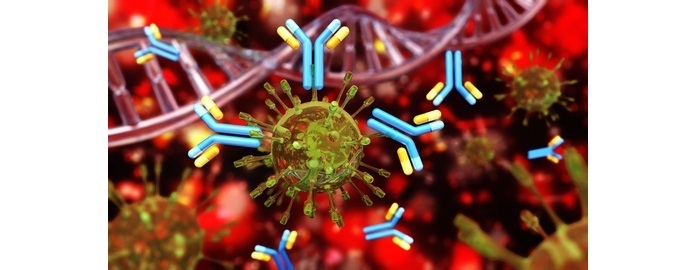
Plasma transports the waste material derived from the metabolism of cells to the kidneys, liver, lungs and for excretion. Plasma even assists in regulating the body temperature by absorbing or releasing heat to maintain biological stability.
Fresh frozen plasma (FFP) is the clinical product prepared from the plasma, which is useful to patients who experience traumatic blood loss. These FFPs save many lives by stopping bleeding and maintaining blood pressure.
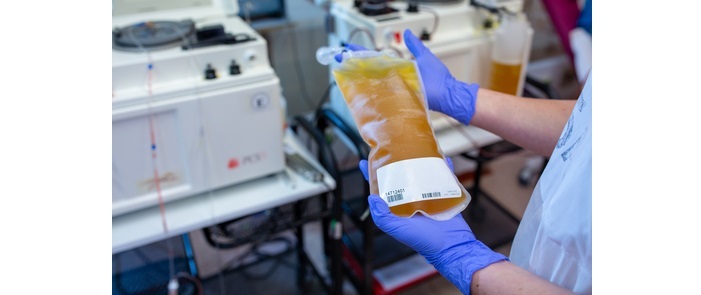
Conclusion
Blood is comprised of mainly 4 components, they are red blood cells (RBC), white blood cells (WBC), platelets (Thrombocytes) and plasma. Plasma which is a light amber colored liquid constitutes about 55% of the blood composition. The main component of plasma is water which constitutes about 90% of the substances. The other components are organic and inorganic compounds dissolved or suspended in the water.
This group consists of specialized proteins named albumins, globulins, fibrinogen and lipoproteins. The other organic compounds comprise of amino-acids, lipids, urea and hormones. The inorganic substances of plasma include potassium, sodium, magnesium, calcium, chloride ions and dissolved gases.

